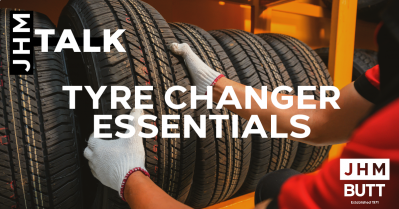Essential Motorcycle MOT Equipment: Ensuring Safety and Compliance

The annual MOT (Ministry of Transport) test is a legal requirement for motorcycles in many countries, designed to ensure roadworthiness and guarantee the safety of both riders and other road users. Motorcycle MOT equipment plays a pivotal role in conducting these tests efficiently and accurately. In this article, we will explore the key equipment needed for a motorcycle MOT test, its significance in maintaining safety standards, and the benefits of using reliable and up-to-date tools.
Brakes are a critical safety component of any motorcycle, making brake testing equipment an essential part of the MOT process. It includes:
Brake Rollers: These rollers simulate real-world conditions, allowing technicians to test the braking efficiency and balance of the motorcycle. They measure factors like brake force and effectiveness, ensuring compliance with safety standards.
Brake Fluid Tester: This device checks the quality and condition of the brake fluid, which is vital for optimum braking performance. It helps identify potential issues such as contamination or degradation, enabling timely maintenance and replacement.
Lighting and Electrical Testing Equipment: Proper functioning of lights and electrical systems is crucial for both visibility and road safety. The following equipment aids in evaluating these aspects:
Light Beam Testers: These tools assess the alignment, intensity, and positioning of headlights, taillights, indicators, and other lighting components. They ensure that these lights are correctly aimed, providing adequate illumination for safe riding.
Multimeters: These versatile devices measure electrical parameters like voltage, current, and resistance. They are used to diagnose electrical issues, such as faulty wiring, blown fuses, or malfunctioning circuits, enabling prompt repairs or replacements.
To curb pollution and promote environmental consciousness, emission testing is a key aspect of the MOT process. The relevant equipment includes:
Gas Analysers: These devices measure the composition of exhaust gases, evaluating pollutant levels emitted by the motorcycle. They ensure compliance with emission standards and help identify potential engine problems or inefficient fuel combustion.
Smoke Meters: Smoke meters analyse the opacity of the exhaust smoke, which is an indicator of incomplete fuel combustion. They aid in detecting issues such as worn-out piston rings, malfunctioning valves, or clogged air filters, prompting necessary repairs.
General Inspection Tools: In addition to specialised equipment, there are several general inspection tools that are invaluable during an MOT test:
Tire Tread Depth Gauges: These gauges measure the depth of tire treads, ensuring they meet the minimum legal requirements for safe grip and traction. They help identify worn-out or damaged tires that may compromise road safety.
Suspension Testers: These tools evaluate the performance and stability of the motorcycle's suspension system. They assist in identifying worn-out components, leakages, or improper damping, ensuring a comfortable and safe ride.
Conclusion:
Motorcycle MOT equipment plays a crucial role in ensuring the safety and roadworthiness of motorcycles. Brake testing equipment, lighting and electrical testing tools, emission analysers, and general inspection instruments all contribute to comprehensive and accurate evaluations during the MOT process. By utilising reliable and up-to-date equipment, technicians can identify potential issues, carry out necessary repairs, and certify that motorcycles meet the required safety and environmental standards. Emphasising the use of proper equipment not only ensures compliance but also enhances rider safety and promotes responsible and enjoyable motorcycle riding experiences.


















